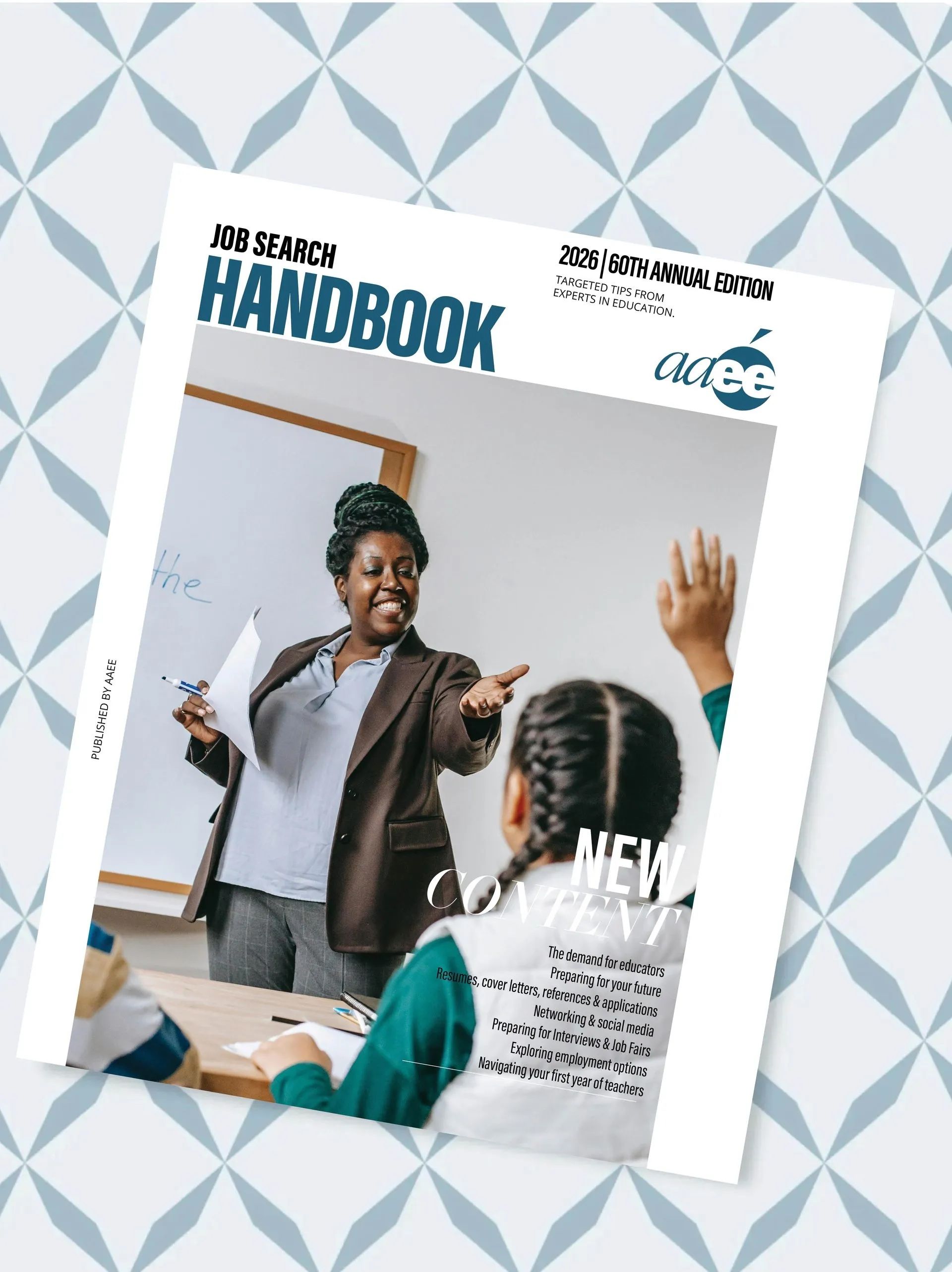Educator Candidates
Receive Guidance & Support
Information on job search tools, mentorship, and support.
Educator Prep & Related Professionals
Prepare & Support Candidates
Resources, CE opportunities, and community engagement.
Education Recruiters
Find & Retain Top Talent
Recruitment tools and resources, along with networking events.
Welcome to the American Association for Employment in Education - positively impacting education through professional connections
Our mission is to support the professional growth and success of all members in the education field. Discover the benefits of membership and join our 'family' of passionate professionals.
Events & News
Engage, Learn, and Grow
Stay at the forefront of education with our workshops and conferences.
Learn with Us
News, Insights and Inspiration
Dive into articles covering the latest trends, tips, and stories in education.
Announcements
Find & Retain Top Talent
Recruitment tools and resources, along with networking events.
AAEE Blog

















